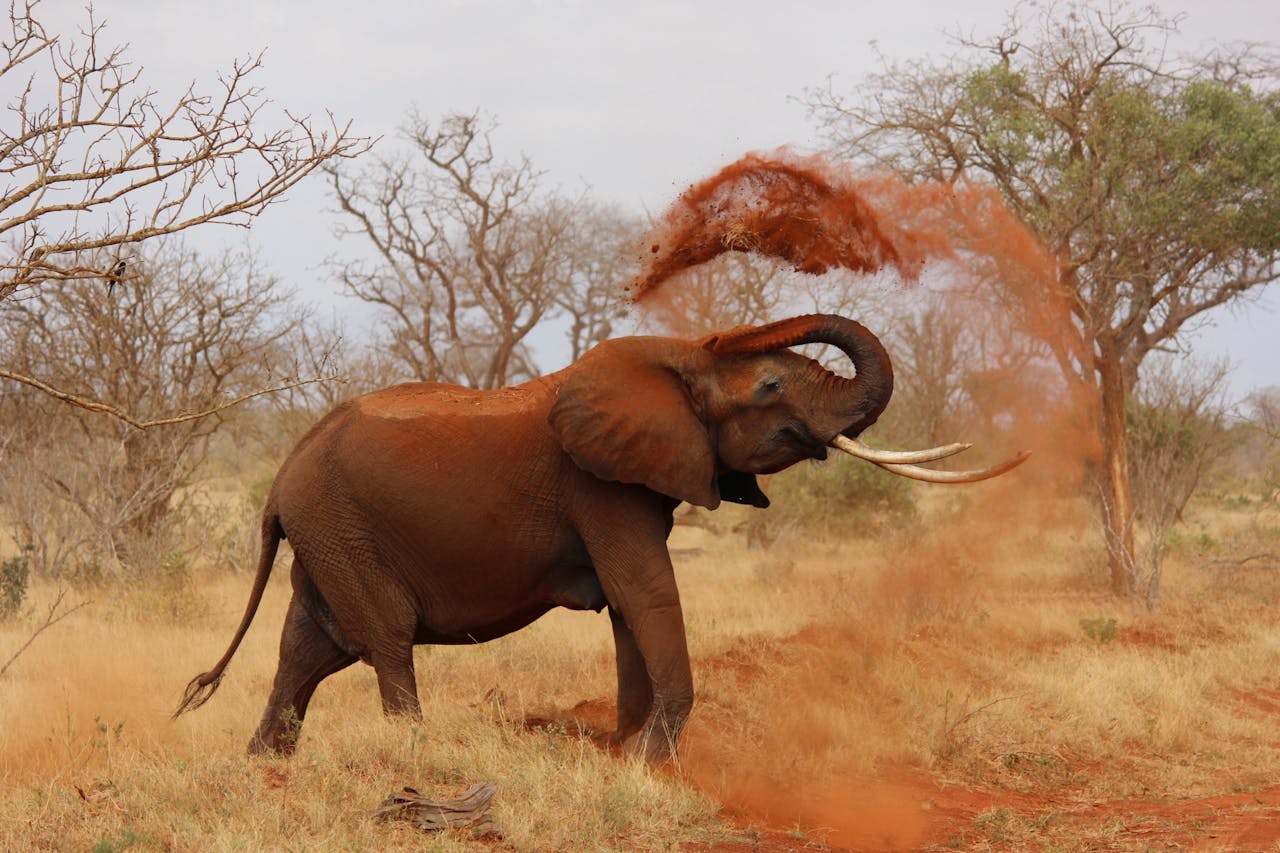Wildlife charities play a huge role in saving species on the brink of extinction and protecting ecosystems globally. These charities greatly count on contributions to keep progressing their essential tasks. Without efficient fundraising strategies, wildlife charities cannot survive in the highly competitive nonprofit field today.

- Enhance connections by creating customised interactions for donors and partners.
- Wildlife and charity tours introduce people to the charity’s cause in a remarkable way.
Successful Fundraising Techniques for Wildlife Organisations
The following strategies, if adopted, will help charities to meet their fundraising targets:
1. Building a Strong Foundation
Effective fundraising relies on a solid foundation. Wildlife charities must:
- Develop a compelling mission statement: Express your mission and principles clearly to engage supporters.
- Define target audience and donor segments: Be aware of your supporters’ circumstances and preferences when designing outreach initiatives.
- Establish a robust online presence: Design a website that users can discover easily.
2. Online Fundraising Strategies
Leverage the Internet to reach a broader audience:
- Email marketing campaigns: Provide enticing stories and communications to keep your supporters informed and connected.
- Social media fundraising: Use Facebook and Instagram to share intriguing posts and then post on Twitter and LinkedIn.
- Online donation platforms: To accept safe and easy fundraising methods, leverage platforms like Network for Good or PayPal.
- Crowdfunding: Contact potential benefactors by disbursing funds through Kickstarter and other online fundraising means including GoFundMe.com or Indiegogo.
3. Event-Based Fundraising
Host events to engage supporters and raise funds:
- Charity runs/walks, galas, auctions: Time-honored events that ensure a great deal of community engagement.
- Wildlife-themed events: Wildlife and charity tours introduce people to the charity’s cause in a remarkable way.
- Corporate partnerships and sponsorships: Team up with environmentally focused businesses to increase effectiveness and funding.
4. Major Donor Engagement
Nurture relationships with significant contributors:
- Identify and engage major donors: Enhance connections by creating customised interactions for donors and partners.
- Recognition and impact reporting: Keep major donors informed about the impact of their donations and publicly express gratitude for their assistance.
5. Ongoing Donation and Chapter Programs
- Benefits of recurring donations: Create a dependable revenue source and decrease overhead expenditures to sustain future efforts.
- Membership program structure and benefits: Create a community experience by giving exclusive offers and information.
- Communication and retention strategies: Frequently interact with members and value their involvement to preserve their encouragement and support.
6. Share compelling stories and visuals
Videos and pictures can go a long way in meeting up with fundraising targets:
- Craft compelling stories and case studies: Present triumphs and pitfalls to capture emotions.
- Use images, videos, and infographics: Present conservation actions and the influence of gifts through interesting images.
- Share success stories and impact: Display significant impacts to foster recurring generosity.
7. Expand reach through strategic partnerships
Fundraising capabilities require partnerships and teamwork.
- Partnering with influencers, brands, and organisations: Ramp up your message through their platforms to capture new audience members.
- Collaborative fundraising campaigns: Work together with similar organisations to solicit funds and attract more audiences.
- Strategic partnerships for long-term impact: Build strong partnerships that foster long-lasting support and joint opportunities.
Conclusion
Fundraising methods that work well are essential for wildlife charities to sustain their efforts. To secure the backing needed for the protection of wildlife, organisations should establish solid bases, utilise online resources, invite participants in engaging activities, and develop loyal collaborations.
Did you enjoy reading this article? Please let us know by sharing your comments and suggestions with us below this post.


